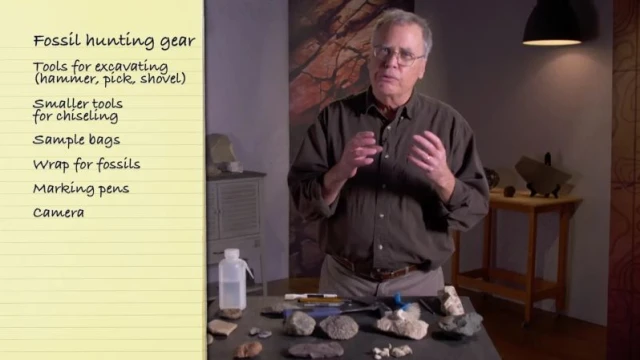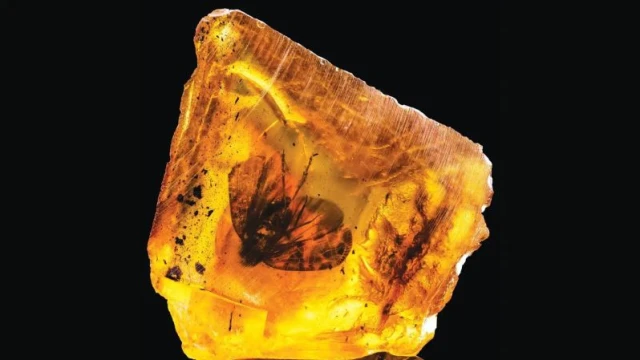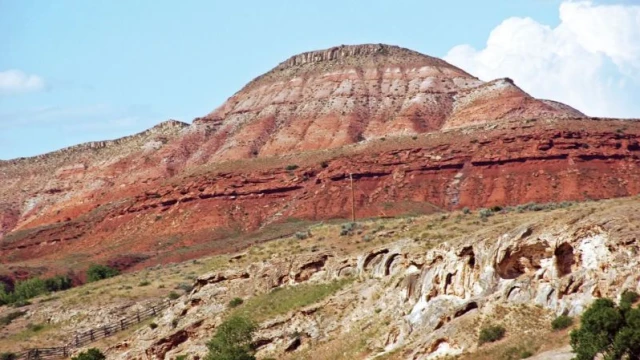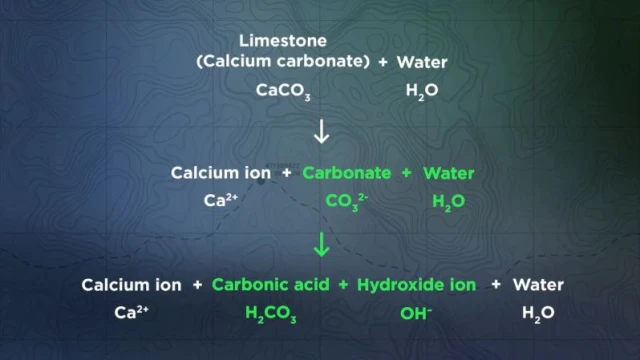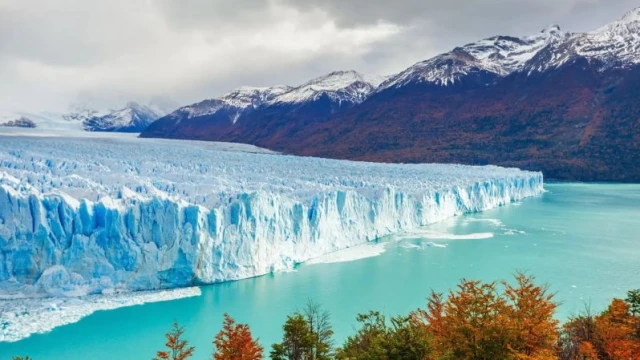
Consider how to put your knowledge of geology to use. Issues faced by your community may benefit from geologic insights about groundwater, watersheds, roadways, pollution, and historic questions such as abandoned mines and quarries. Practical geology will only grow in importance as the world deals with climate change, resource shortages, and the pressing need to live in harmony with the planet.











